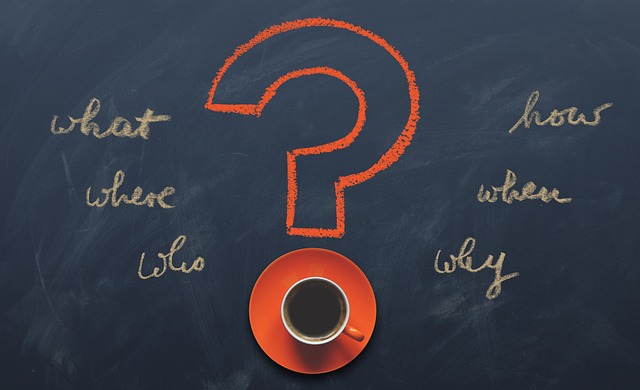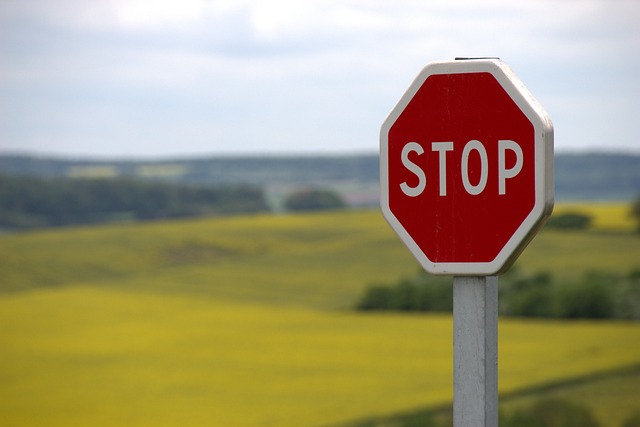Introduction to Congenital Disorders of Glycosylation
Congenital Disorders of Glycosylation (CDG) are a complex group of inherited metabolic diseases caused by errors in adding sugar chains (glycans) to proteins and lipids. These defects disrupt the body's intricate glycosylation machinery, leading to diverse clinical problems affecting multiple organs.
Glycosylation is a vital enzymatic process. Think of glycans as essential 'decorations' on proteins and lipids, crucial for their proper folding, stability, transport, and function. N-glycosylation, a key type, attaches a specific glycan to an asparagine (Asn) residue within the consensus protein sequence Asn-X-Ser/Thr (where X is any amino acid except Proline). Errors in this precise process can cascade into serious health issues.
The Critical Significance of N-Glycosylation
Proper N-glycosylation is fundamental to cell biology. It guides protein folding within the endoplasmic reticulum, acts like a molecular 'handshake' modulating interactions between proteins, and is essential for immune system recognition and cell signaling. When N-glycosylation goes awry, crucial components like enzymes, receptors, and structural proteins can malfunction, leading directly to the wide-ranging symptoms observed in CDG.
# Simplified Python check for N-glycosylation consensus sequence (Asn-X-Ser/Thr, X!=Pro)
import re
def find_nglycosylation_sites(protein_sequence):
"""Identifies potential N-glycosylation sites in a protein sequence."""
# N-X-S/T motif where X is not Proline
pattern = re.compile(r'N[^P][ST]')
sites = []
for match in pattern.finditer(protein_sequence):
sites.append({
"position": match.start() + 1, # 1-based index
"sequence": match.group()
})
if sites:
print(f"Potential N-glycosylation sites found:")
for site in sites:
print(f" - At position {site['position']}: {site['sequence']}")
else:
print("No potential N-glycosylation sites found.")
# Example usage:
sequence1 = "MGHNSTAPRVNQSL"
sequence2 = "MNPTRYVG"
print(f"Analyzing sequence: {sequence1}")
find_nglycosylation_sites(sequence1)
print(f"\nAnalyzing sequence: {sequence2}")
find_nglycosylation_sites(sequence2)
How Altered N-Glycosylation Causes CDG: Molecular Mechanisms

CDG arises from mutations in genes controlling the N-glycosylation 'assembly line'. This intricate pathway involves numerous enzymes and transporters. Mutations can disrupt it at various stages: preventing the initial sugar precursor (dolichol-linked oligosaccharide) from being built correctly, hindering its transfer onto the target protein, or interfering with the later trimming and modification of the attached N-glycan. For example, mutations in *PMM2* (causing the most common type, CDG-Ia) impair an early step in assembling the precursor, while mutations in *MPI* (causing CDG-Ib) disrupt the supply of a key sugar building block, mannose-6-phosphate.
Scientists can detect these glycosylation errors using techniques like mass spectrometry. By precisely analyzing the structures and abundance of glycans attached to specific proteins (like transferrin), they can identify abnormalities and quantify the extent of underglycosylation, providing crucial diagnostic information.
Clinical Signs and Diagnosing CDG

CDG manifests in remarkably varied ways, ranging from relatively mild issues to severe, life-threatening multi-system disease, even among individuals with the same genetic defect. Common signs often involve the nervous system (e.g., developmental delay, intellectual disability, seizures, ataxia, hypotonia), but can also include liver dysfunction, heart problems, blood clotting abnormalities, immune deficiencies, and skeletal differences. This variability makes diagnosis challenging.
Diagnosis typically begins with biochemical screening tests that analyze the glycosylation pattern of common serum proteins, such as transferrin (using methods like isoelectric focusing or mass spectrometry). Abnormal results prompt targeted gene sequencing or broader genetic panels to identify the specific causative mutation, confirming the CDG subtype.
Current Treatments and Future Therapeutic Hopes
Currently, effective disease-modifying treatments for most CDG subtypes are limited. Management primarily focuses on supportive care tailored to the individual's symptoms and complications (e.g., physical therapy, seizure control, nutritional support). A key exception is CDG-Ib (MPI deficiency), where oral mannose supplementation can provide significant clinical improvement by bypassing the metabolic block.
Intensive research is underway to develop targeted therapies. Promising strategies being explored include:
- Enzyme replacement therapy (ERT): Supplying the missing or deficient enzyme.
- Chaperone therapy: Using small molecules to help stabilize misfolded mutant proteins.
- Substrate reduction therapy (SRT): Reducing the accumulation of potentially toxic precursors.
- Gene therapy: Aiming to correct the underlying genetic defect.
- Dietary supplementation (beyond mannose): Investigating other potential supplements for specific defects.
Developing therapies that address the root cause of each specific CDG subtype remains a major goal for the research community.
Resources for Further Learning

To deepen your understanding of CDG and N-glycosylation, explore these valuable resources:
